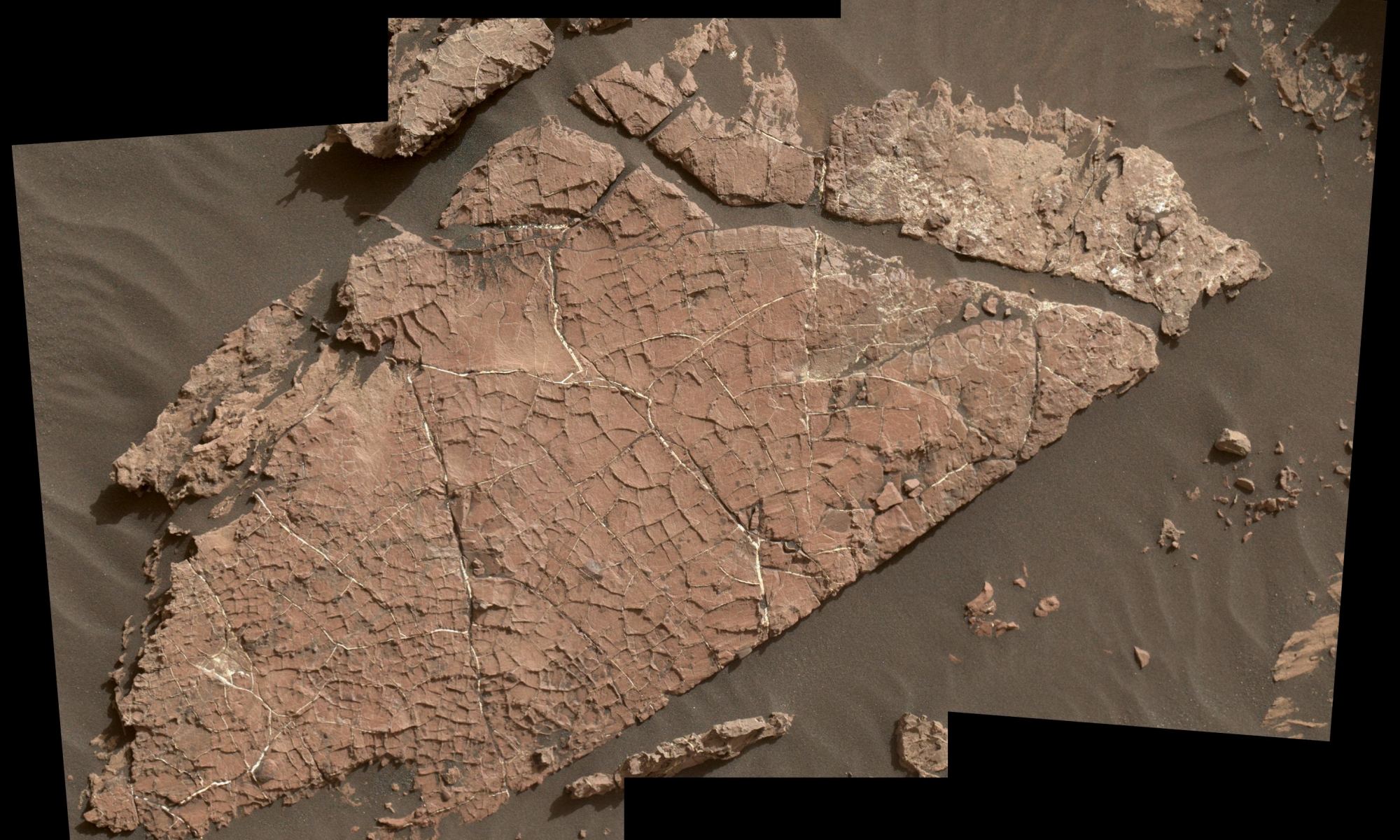What happened to Mars? If Mars and Earth were once similar, as scientists think, what happened to all the water? Did there used to be enough to support life?
Thanks to the Mars Science Laboratory (MSL) Curiosity, we’re getting a better picture of ancient Mars and what it went through billions of years ago. A new study published in Nature Geoscience says that Mars likely underwent alternating periods of wet and dry, before becoming the frigid, dry desert it is now. Or at least, Gale Crater did.
Gale Crater is an impact basin that’s about 150 km (100 miles) wide, and Curiosity has been exploring it since August 2012. The crater is an intriguing place to try and piece together the picture of water on ancient Mars, because it may have been a lake at one time. It also shows evidence of channels carved by flowing water.
Since arriving at Gale Crater, Curiosity has found mineral salts that form in the presence of water. The authors of this new paper concluded that they’re evidence of shallow ponds of salty water that repeatedly flooded and dried up over time, as Mars slowly became the dry planet it is today. The paper is titled “An interval of high salinity in ancient Gale crater lake on Mars.”
The lead author of the paper is William Rapin of Caltech. In a press release, he said, “We went to Gale Crater because it preserves this unique record of a changing Mars. Understanding when and how the planet’s climate started evolving is a piece of another puzzle: When and how long was Mars capable of supporting microbial life at the surface?”
Understanding how water existed on the surface of Mars is key to understanding any microbial life that may have lived there. If there were intermittent periods of wet and dry, that would’ve placed constraints on life.
Some of the key evidence for these alternating periods of wet and dry were found in two features, called “Old Soaker” and “Sutton Island.” Old Soaker is a slab of rock with a pattern of cracks, called dessication cracks, that may have formed when a layer of mud dried over 3 billion years ago. The network of cracks indicate alternating periods of wet and dry.
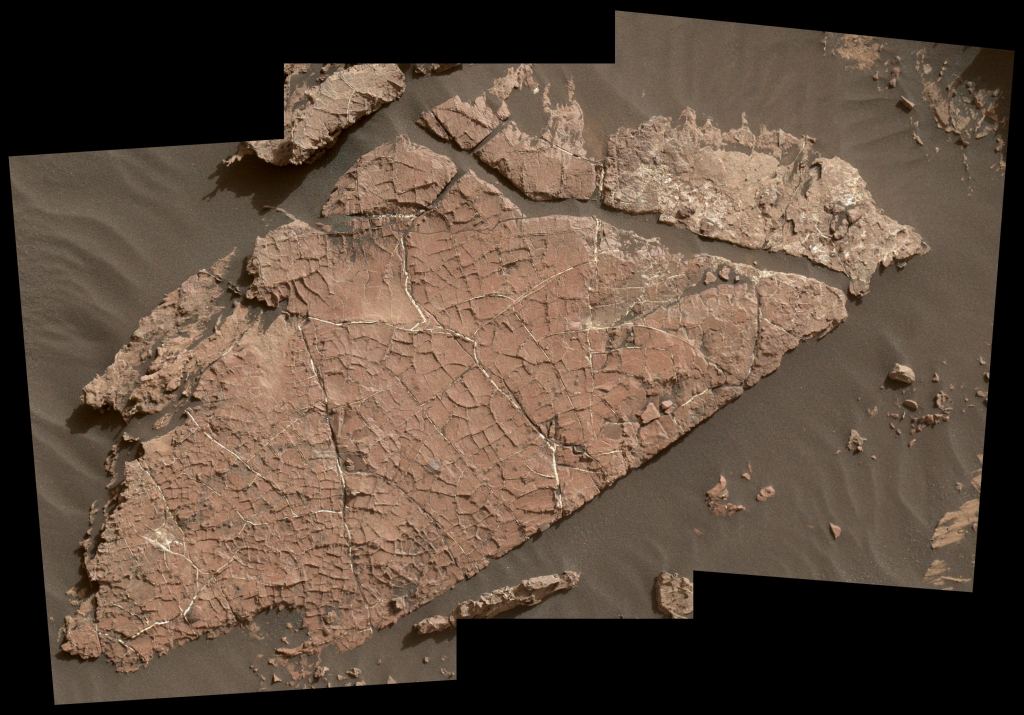
Sutton Island is a 150 meter (500 ft.) tall chunk of sedimentary rock containing brine. But the brine on Sutton Island is a little different.
Typically, when a body of fresh water dries up, it leaves behind pure salt crystals. But the Sutton Island salts are mineral salts, not table salt. They’re also combined with sediments. That’s pretty compelling evidence that there were periods of dryness that allowed the salts to form, and periods of wetness, when sediments were deposited. In their paper, the authors say they’re the result of “extreme evaporative concentration.”
To put these observations in context, think of Gale Crater itself. It’s a massive impact crater that, over time, was filled with both wind-borne and water-borne sediment which hardened. As the planet dried, there was no more water-borne sediment, and the material that filled the crater eroded.
Mt. Sharp is the chief feature in the crater, and Curiosity is busy climbing it. As it travels over the different elevations in Gale Crater, it’s discovering different episodes in Mars’ history, finding evidence both visually and by drilling and studying rock samples.
According to lead author William Rapin, the bodies of water in Gale Crater might have resembled some features here on Earth, and those might shed some light on what Curiosity is finding on Mars.
Rapin thinks that the lakes in Gale Crater might have been similar to saline lakes in South America’s Altiplano, also known as the Bolivian Plateau or Andean Plateau. The Altiplano is a high altitude, arid place containing closed basins similar to Gale Crater. Those lakes are heavily influenced by climate.
“During drier periods, the Altiplano lakes become shallower, and some can dry out completely,” Rapin said in a press release. “The fact that they’re vegetation-free even makes them look a little like Mars.”
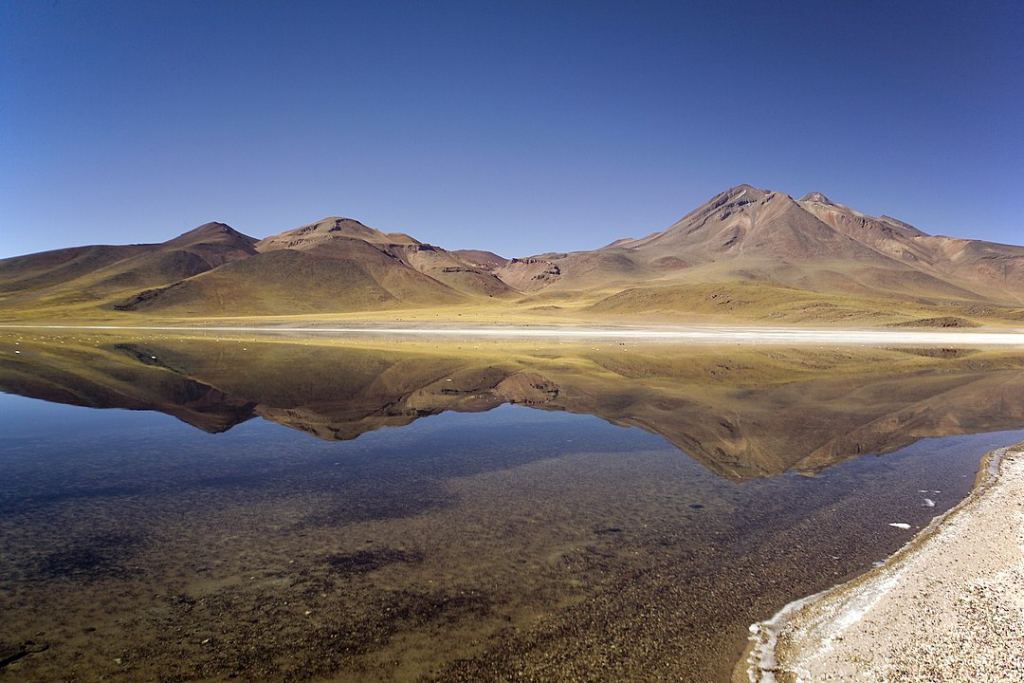
But the network of cracks in Old Soaker and the brine in Sutton Island are just two pieces of evidence showing periods of wet and dry. As Curiosity has been travelling through Gale Crater and ascending Mt. Sharp, it’s found other evidence of wet-dry cycles across long timescales. And those periods weren’t nice and tidy; they were messy.
“As we climb Mount Sharp, we see an overall trend from a wet landscape to a drier one,” said Curiosity Project Scientist Ashwin Vasavada of NASA’s Jet Propulsion Laboratory in Pasadena, California. “But that trend didn’t necessarily occur in a linear fashion. More likely, it was messy, including drier periods, like what we’re seeing at Sutton Island, followed by wetter periods, like what we’re seeing in the ‘clay-bearing unit’ that Curiosity is exploring today.”
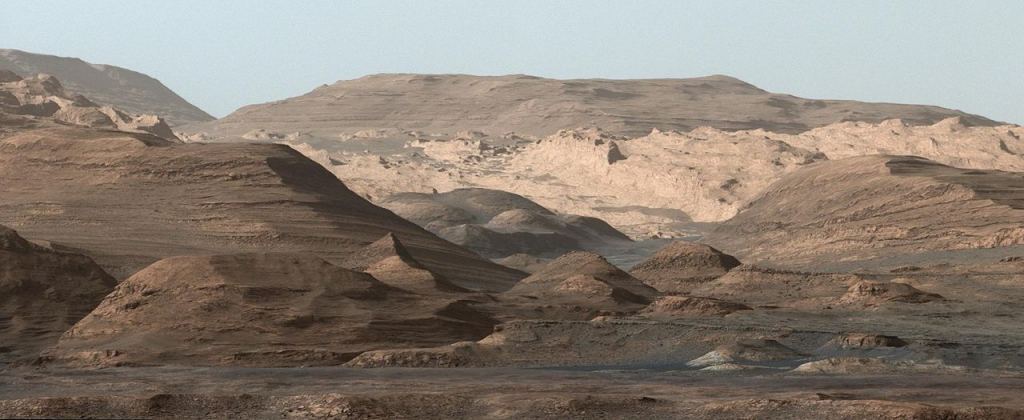
In the lower areas of Gale Crater, Curiosity has found sediment layers that appear orderly, as if they were gently deposited on the bottom of a lake over time. But now Curiosity is finding other features, including large rock structures, that suggest a more chaotic, high-energy formation, as if they were formed in fast-flowing streams or an area exposed to lots of wind.
One such feature is “Teal Ridge.” Teal Ridge and other features that form from wind and flowing water take on an inclined shape, rather than the gentle sediment that collects at the bottom of a lake. Once those inclined sediments harden, they look like Teal Ridge.
According to team member Chris Fedo, a sedimentary rock specialist from the University of Tennessee, finding these inclined features is important evidence. “Finding inclined layers represents a major change, where the landscape isn’t completely underwater anymore. We may have left the era of deep lakes behind.”
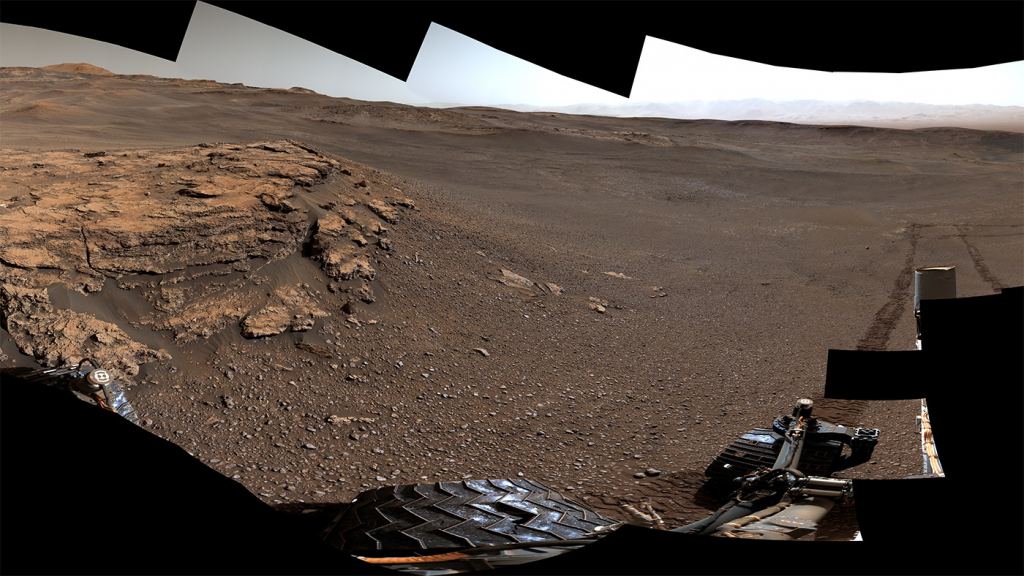
Curiosity has been exploring what’s called the ‘clay-bearing unit.’ It’s found stratigraphic evidence of very significant environmental change, like Sutton Island and Old Soaker. It’s next destination should provide more of the same.
The rover is heading for the ‘sulfur-bearing unit’ higher up Mt. Sharp. It’ll spend a couple years exploring that area, investigating rock structures. The presence of sulfur indicates that the area was once wet, but dried out. If Curiosity finds that the drier conditions were long-lasting, it might mean that the clay-bearing unit is an in-between, or transition phase.
“We can’t say whether we’re seeing wind or river deposits yet in the clay-bearing unit, but we’re comfortable saying is it’s definitely not the same thing as what came before or what lies ahead,” Fedo said.
Mt. Sharp has proven to be key evidence in understanding the history of Mars. The presence of water in the past has been confirmed, but the history of exactly how and when it came and went is still being figured out.
As Curiosity Project Scientist Ashwin Vasavada of JPL said back in June, “Each layer of this mountain is a puzzle piece. They each hold clues to a different era in Martian history.”
More:
- Press Release: NASA’s Curiosity Rover Finds an Ancient Oasis on Mars
- Research Paper: An interval of high salinity in ancient Gale crater lake on Mars
- Universe Today: Curiosity has Found the Mother Lode of Clay on the Surface of Mars
- Research Paper: Desiccation cracks provide evidence of lake drying on Mars, Sutton Island member, Murray formation, Gale Crater

